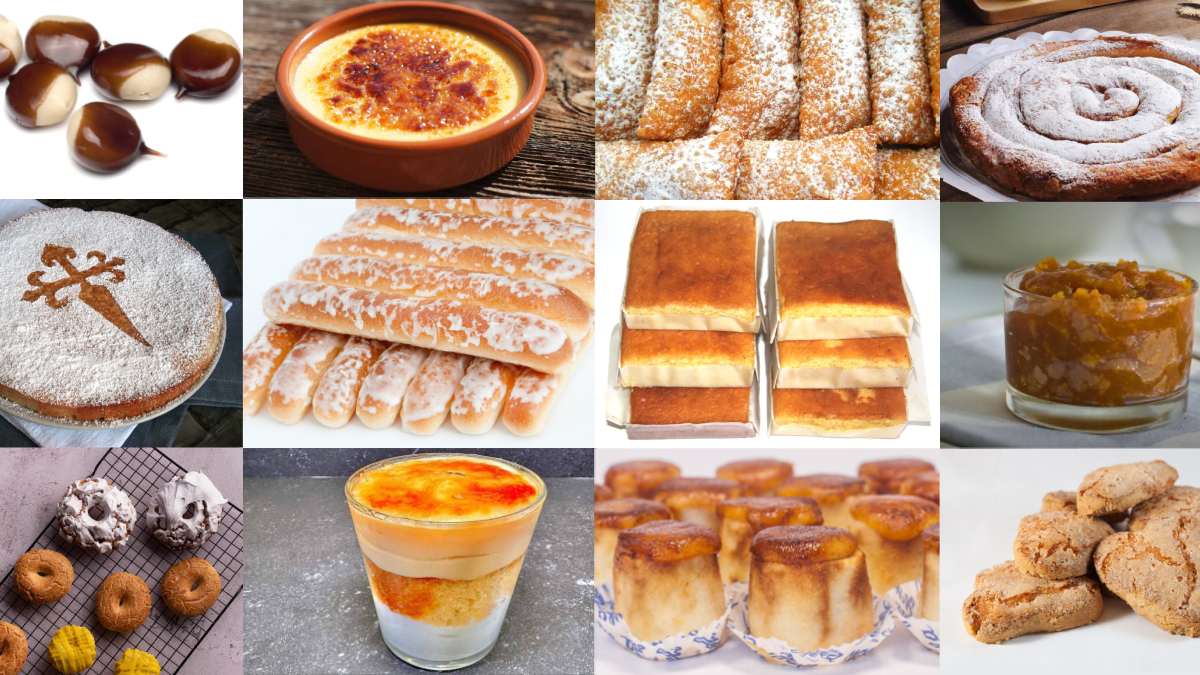Click here to read the Spanish version.
Spain being such a rich country -gastronomically speaking-, it is sometimes difficult to make a ranking of the most representative dishes. Many will agree in choosing the potato omelette, paella or gazpacho as the hallmark of our cuisine. But in the sweet section, which one would you choose? We have prepared a gourmet tour around Spain trying the most typical dessert of each autonomous community. Although many characteristic sweets are left out of the list, this is just a sample of how delicious our country can be.
Piononos from Andalucía
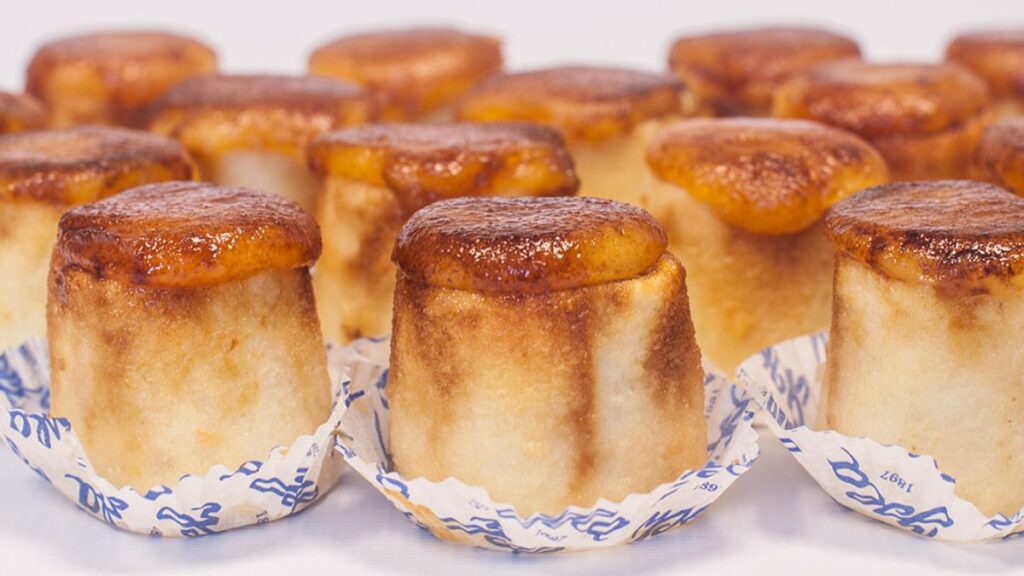
In Andalusia they are great lovers of sweets and it is very difficult to choose just one. On this occasion, the chosen one has been the pionono, a typical cylindrical pastry from Granada, specifically from the town of Santa Fe, which began to be made in the late nineteenth century, in honor of Pope Pius IX (which is called Pio Nono in Italian). It was created by Ceferino Isla González, and it is a sponge cake that is rolled and soaked in syrup and toasted cream.
Casadielles in Asturias
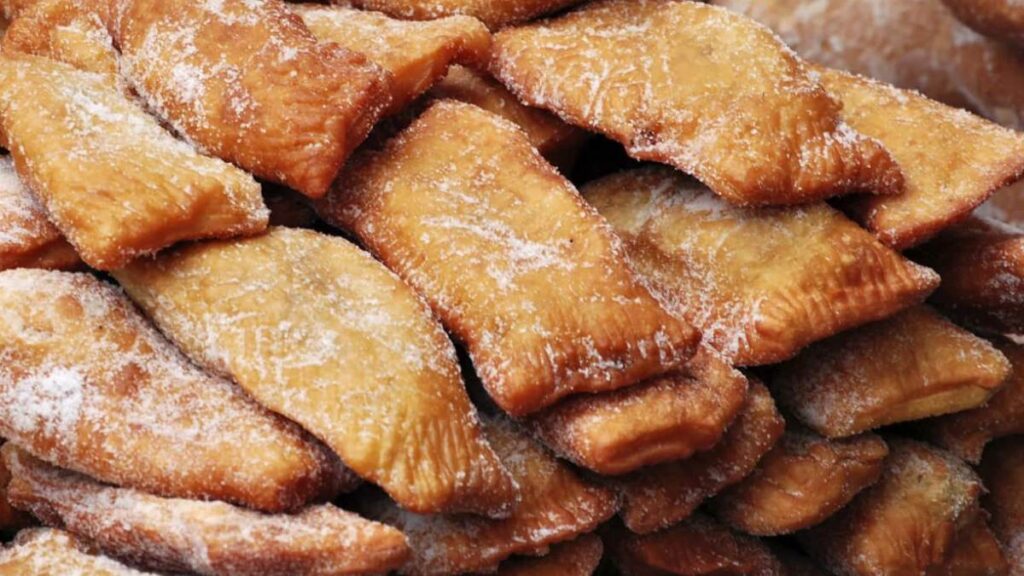
With the carnival still resounding, the ban on casadielles has been opened. Undoubtedly, one of the most representative sweets of Asturias. This pastry of Roman origin has become a recurring sweet at any time of the year. It is a puff pastry filled with a paste of walnuts (sometimes hazelnuts) with sugar and aniseed. The original recipe was also made with fried pastry dough. They are addictive.
Castañas de mazapán dfrom Aragón
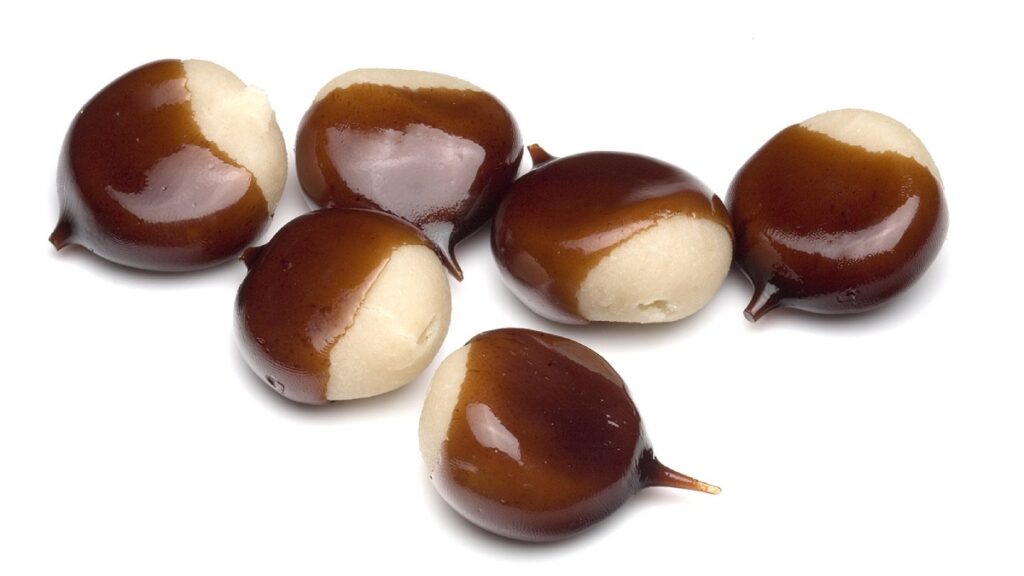
Aragon is another very sweet region, especially the province of Huesca. For this reason, the dessert chosen has been the marzipan chestnuts, a delicious trompe l’oeil very typical of Huesca. It is a marzipan made with almonds and sugar, which is shaped like a chestnut and partially bathed in a caramel that is colored to give it the appearance of the skin of this fruit. If you start, you can’t stop.
Ensaimada in Balearic Islands
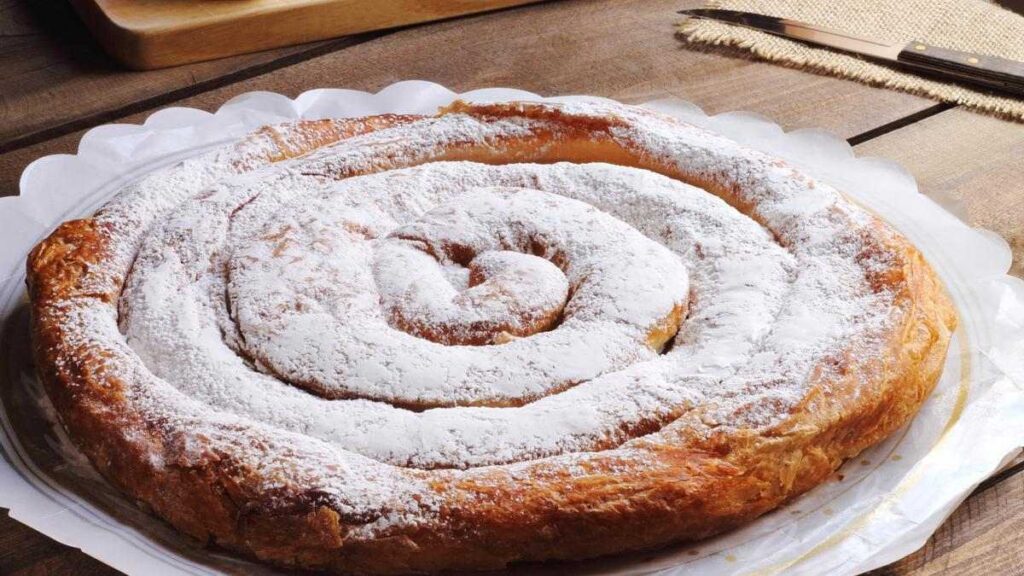
Here the ensaimada is chosen practically unanimously (and if not, just look at the airports, especially in Mallorca, in high season, full of suitcases and the characteristic boxes of these sweets). It is a sweetened, fermented and baked dough, made with flour, water, sugar, eggs, sourdough and lard, and can be plain or with an angel hair filling. Which team are you from?
Bienmesabe from Canary Islands
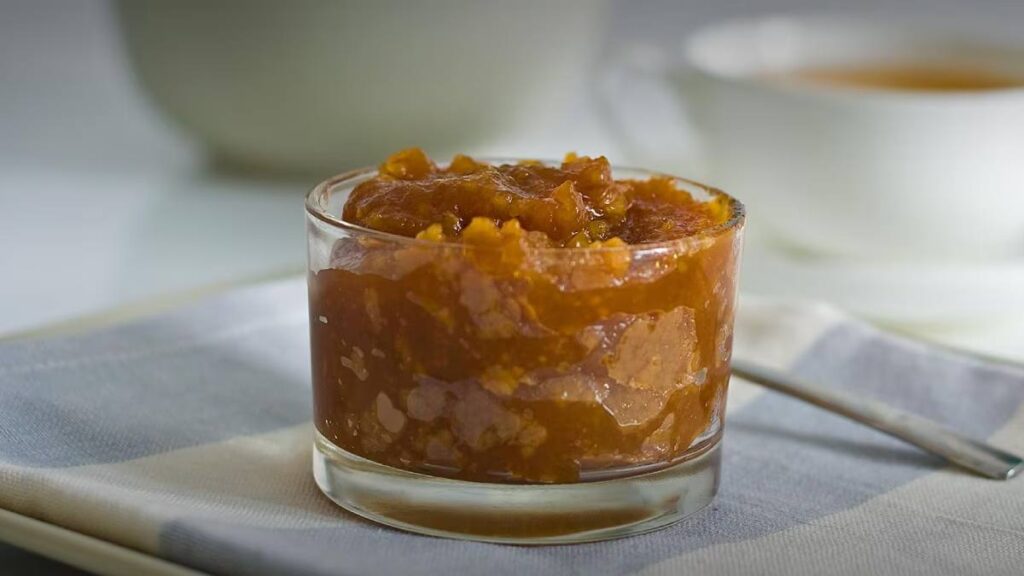
The Canary Islands also have a bit of a sweet tooth. On this occasion, the one that takes the cake is the bienmesabe, a typical dessert that has a thick, grainy and creamy texture made of egg, grated almonds, honey and grated lemon.
Sobaos pasiegos in Cantabria
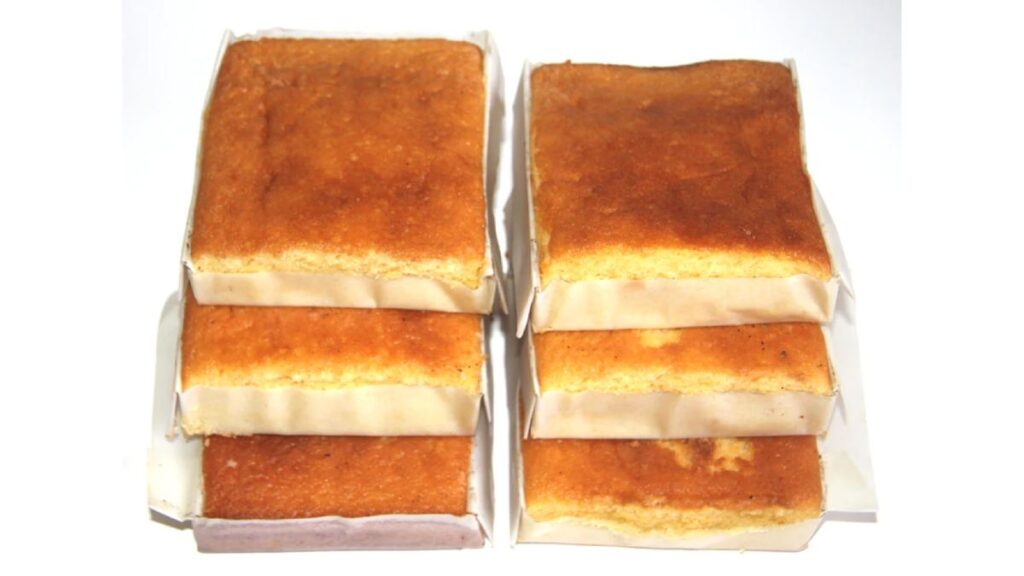
In Cantabria the thing could be between quesada and sobao pasiego. The latter is very widespread throughout the territory, being one of the most representative (and sold) products of Cantabrian gastronomy. It is made with sugar, butter, flour, eggs, a pinch of salt, grated lemon, yeast, rum or aniseed. Opening the ban to try one can be dangerous, because it is difficult to stop.
Miguelitos from Castilla-La Mancha
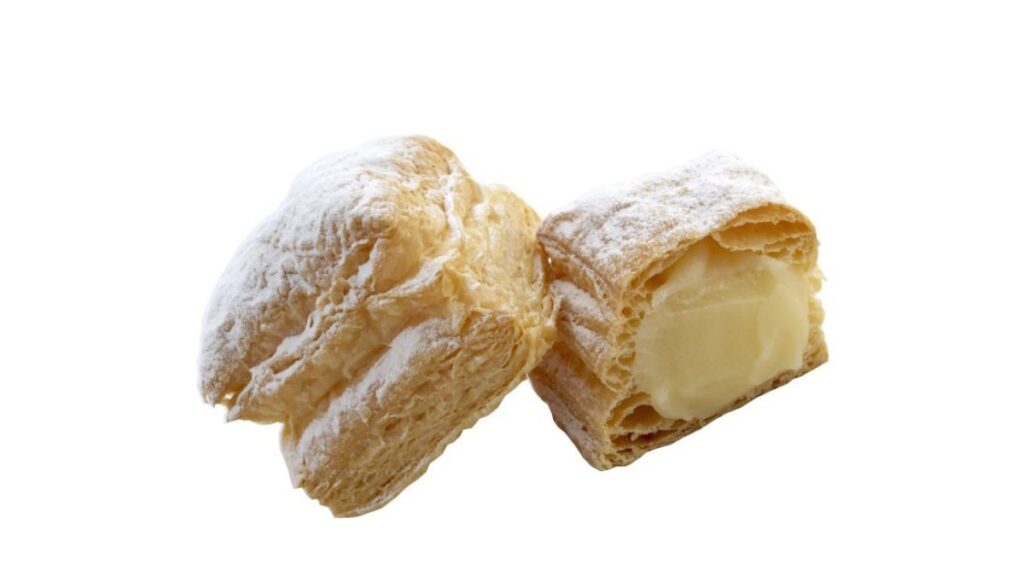
These sweets, originally from La Roda, in Albacete, are one of the emblems of La Mancha’s gastronomy. Who has never heard of stopping at a gas station and taking a few boxes of Miguelitos under your arm? These pastries made of thin puff pastry, filled with cream and sprinkled with powdered sugar, cause a real sensation.
Yemas de Santa Teresa in Castilla y León
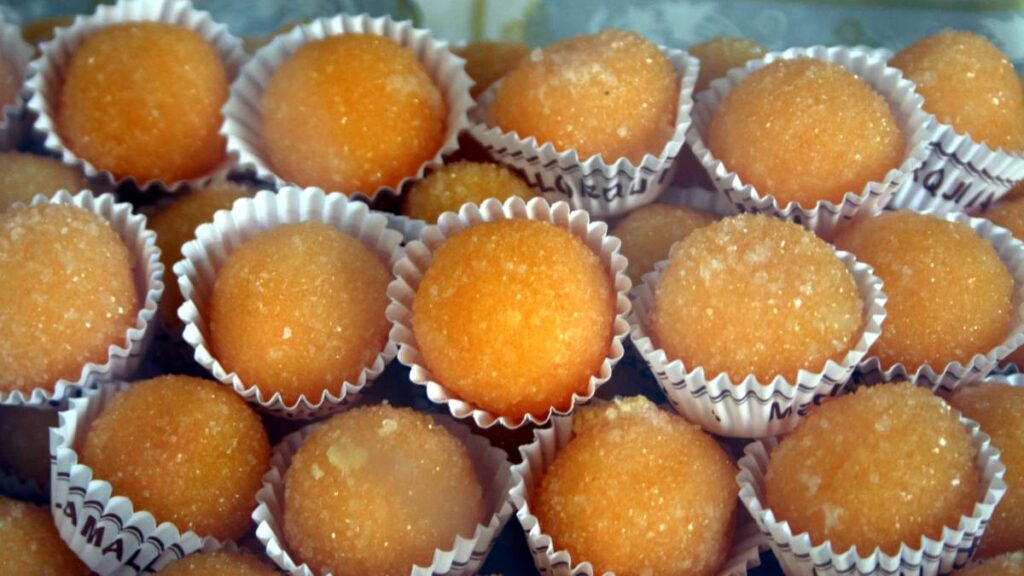
From Avila to the world. Although the most characteristic of Avila is probably the wall, the yolks of Santa Teresa are not far behind. These small orange balls, which are exposed in a white paper tartlet, are cooked with egg yolk and sugar. They are the perfect souvenir if you visit the capital of Avila.
Crema catalana in Catalonia
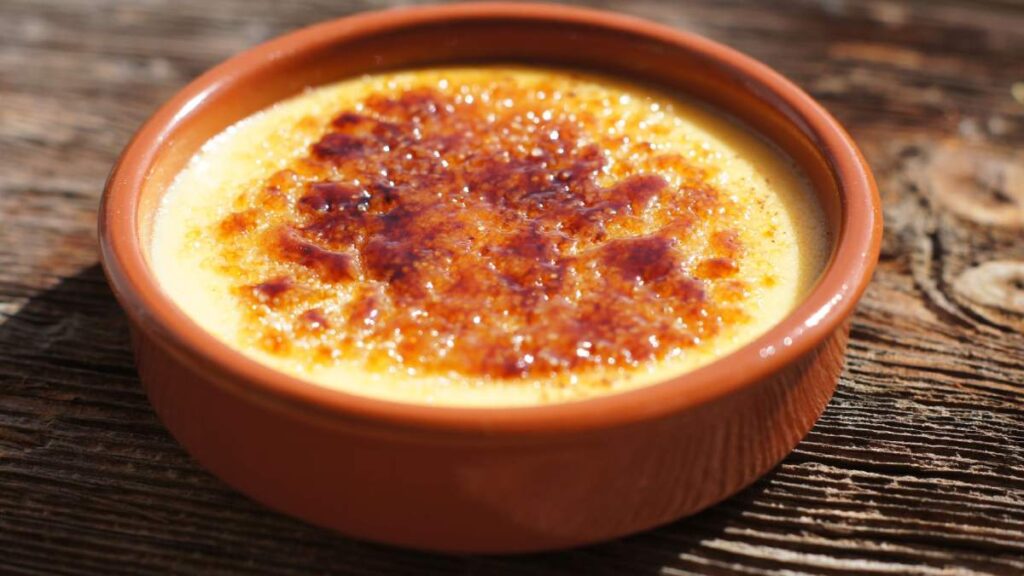
Crunchy on the outside and very creamy on the inside, this is what a good crème brûlée, the reference dessert in Catalan lands, should be like. This characteristic dessert has spread throughout the country (and has some rivalry with crème brûlée). This time it is a pastry cream with an egg yolk base that is covered with a layer of caramelized sugar on its surface.
Fartons in Comunidad Valenciana
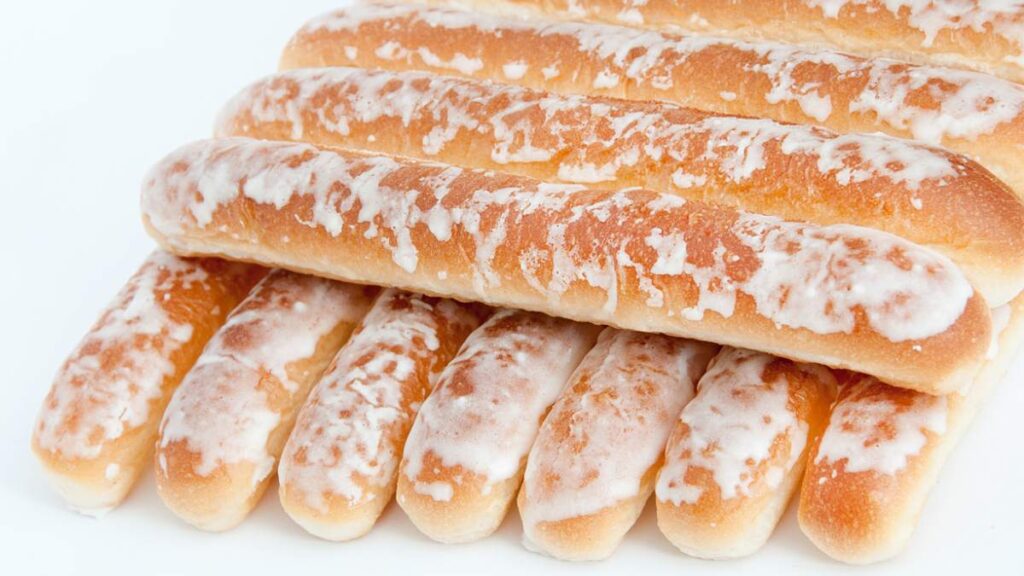
Although fartons can be eaten alone, it is normal to dip them in a nice glass of fresh horchata. This delicious and spongy, elongated, soft, sweet and absorbent bun is an emblem of Valencian gastronomy. As for other desserts or sweets characteristic of the area, perhaps the panquemao could compete with it.
Perrunillas from Extremadura
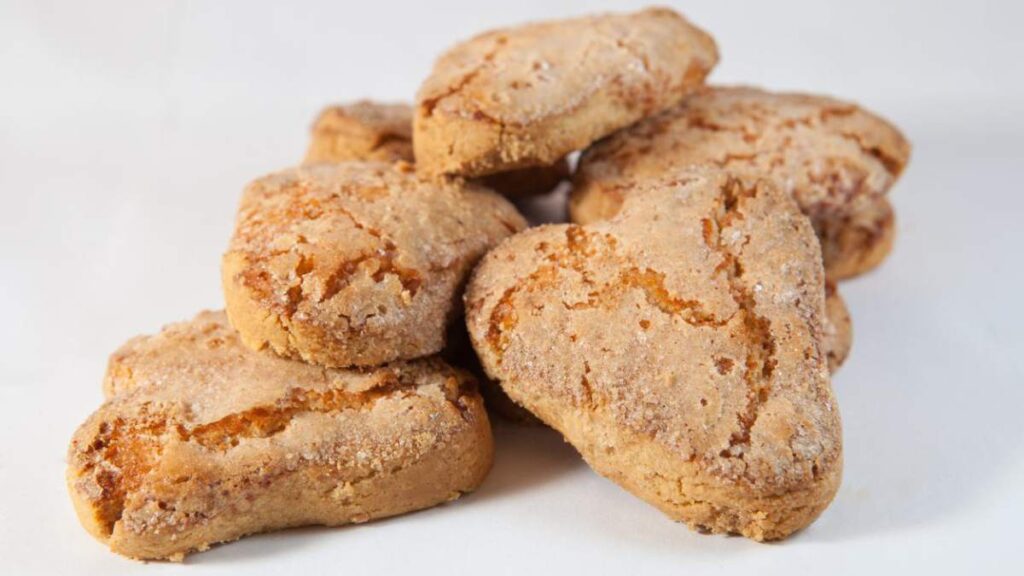
In Extremadura there is also a great variety of sweets, many of them with a religious origin. In fact, perrunillas are also known as convent sweets, because they were made by the nuns. The traditional recipe for these mantecada cakes uses lard, although it is usually substituted by olive oil. The peculiar name comes from the fact that they were first made during the time of transhumance.
Tarta de Santiago in Galicia
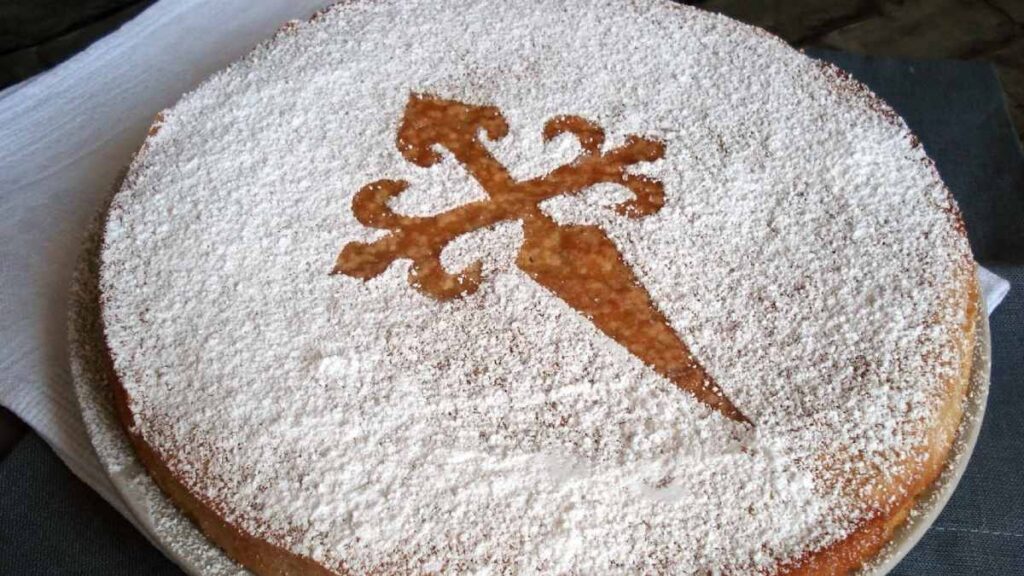
Galicia is another of the most gastronomic regions of the country. And, although it is well known for its wines, seafood or octopus, among many other dishes, it also stands out in the pastry section. If you had to choose the most characteristic sweet, the top of mind of most people would be the Santiago cake, made with almonds, sugar, eggs and orange. Of course, with the hallmark that is the Cross of the Order of Santiago made with sprinkled sugar.
Fardelejos from La Rioja
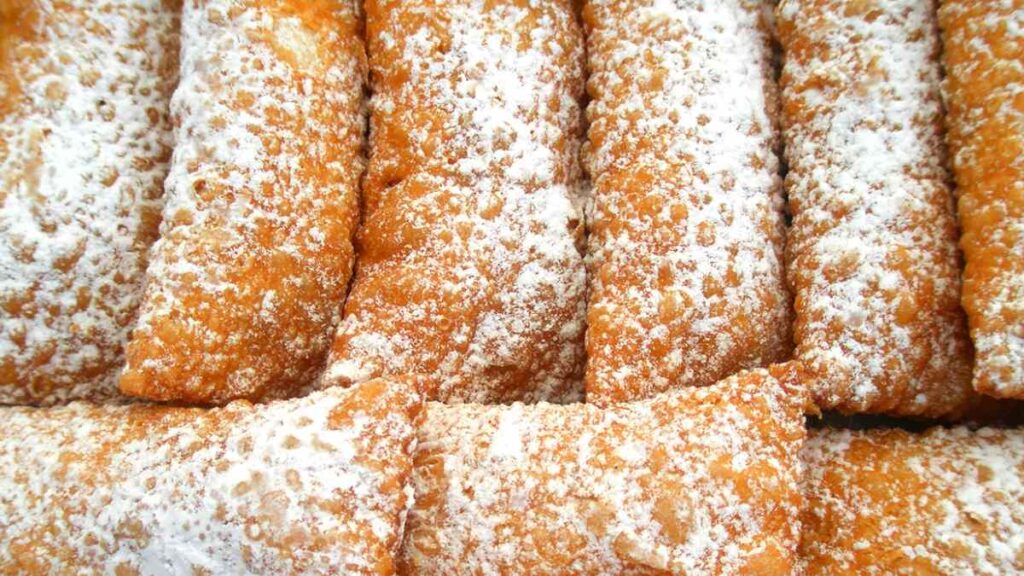
The Riojan does not live by wine alone (nor do visitors to these splendid lands). And an exceptional finishing touch to any meal can be some fardelejos. This is a sweet of Arab origin that began to be produced in the town of Arnedo over a thousand years ago. It consists of a very thin puff pastry coating with a filling similar to marzipan (although lighter) composed of egg, ground almonds, lemon zest and sugar.
Rosquillas de San Isidro in Madrid

Within the gastronomic universe of Madrid, these doughnuts are a must on our table, especially during the month of May in general and on the feast of San Isidro, patron saint of Madrid, in particular. They are divided into two famous types: tontas and listas. Their composition is actually the same, and they only differ in their finish: the “tontas” donuts do not have any, while the “listas” are coated with fondant sugar.
Paparajotes from Murcia
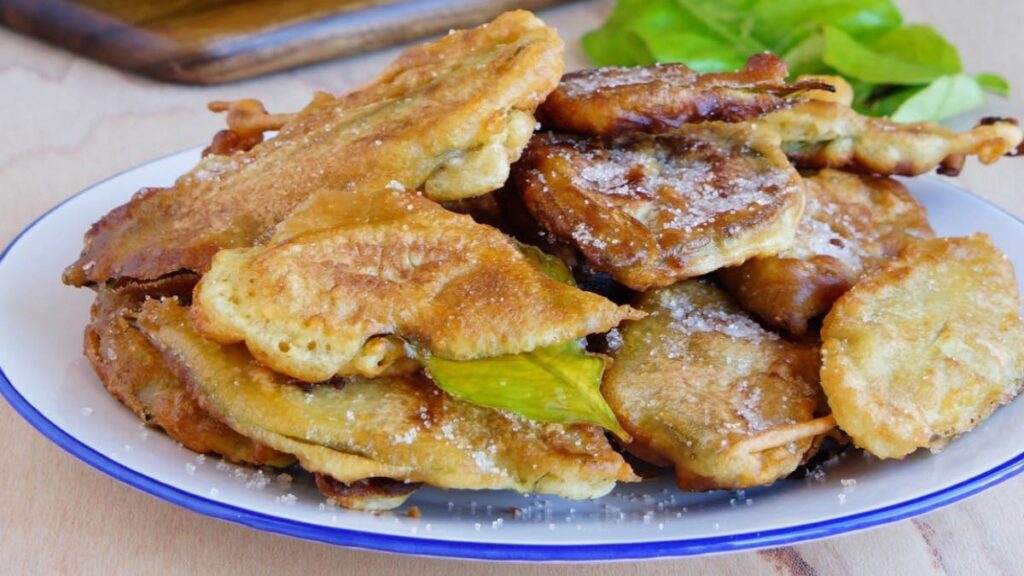
In Murcia the sweet par excellence is paparajotes, whose main ingredient is lemon. In fact, they are cooked with a lemon tree leaf covered with a dough made of flour, milk, eggs, cinnamon and, of course, lemon. Introduced in Murcia by the Arabs, it is typical to eat this dessert when spring approaches, but also during the September Fair. And they are usually paired with a good glass of sweet wine or mistela.
Tortas de txantxigorri in Navarra
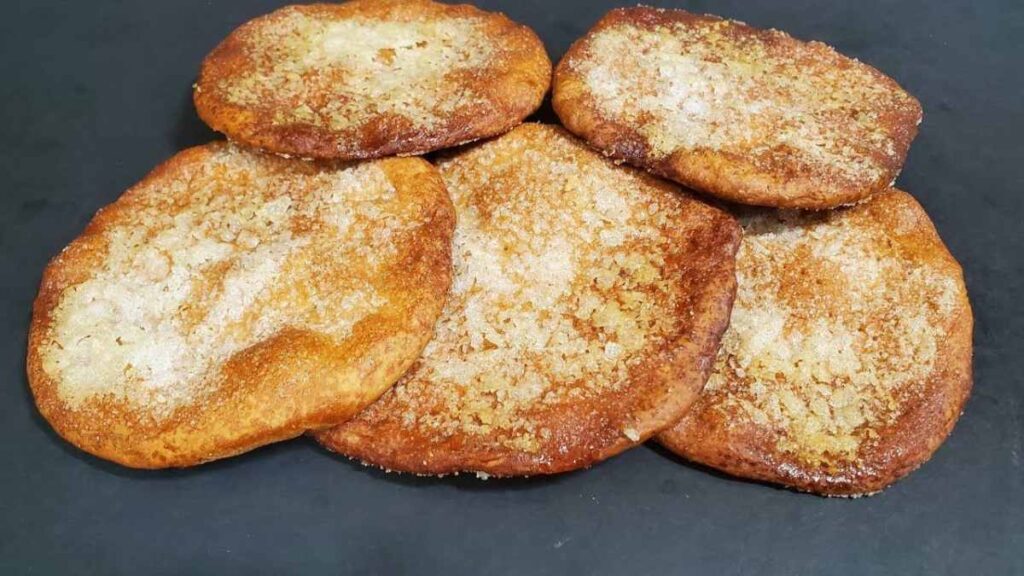
It is one of the most characteristic sweet snacks of traditional Navarrese cuisine. They are round in shape, and are made with fatty materials from fried lard, bread dough and sugar. They are more typical of the autumn season, but surely you can find some.
Goxua from Basque Country
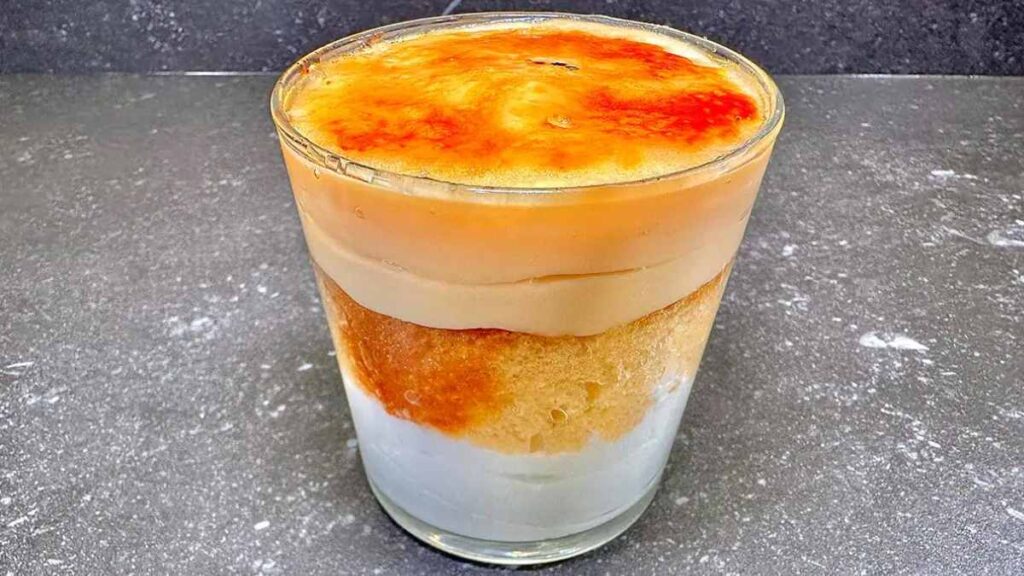
In Basque, ‘goxua’ means sweet, so a dessert named like this had to be the most representative one. Goxua is of Vitorian origin, although it has now spread throughout the region, and the recipe may change significantly depending on the area. Similar in appearance to custard, it is generally made with cream, sponge cake, pastry cream and liquid caramel.

